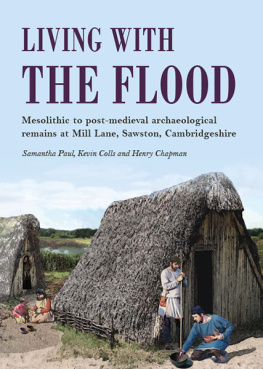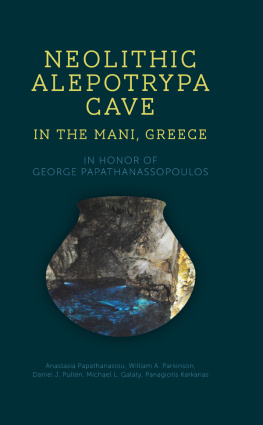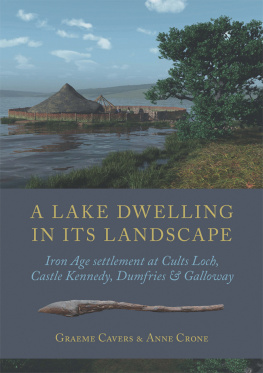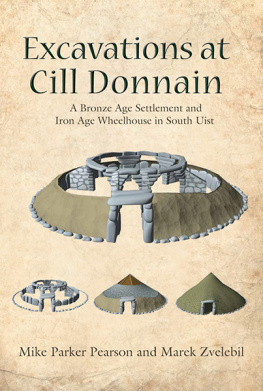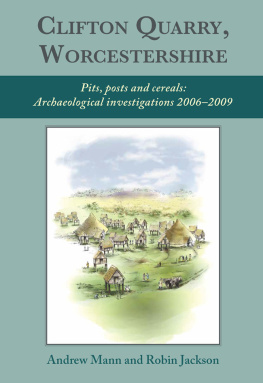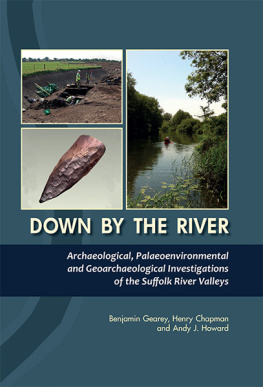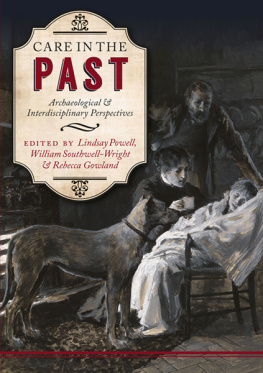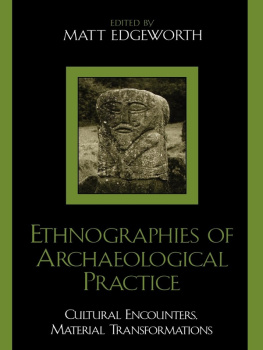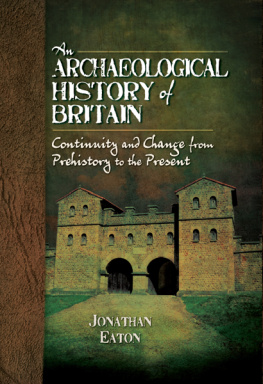Samantha Paul - Living with the Flood: Mesolithic to Post-Medieval Archaeological Remains at Mill Lane, Sawston, Cambridgeshire: A Wetland/Dryland Interface
Here you can read online Samantha Paul - Living with the Flood: Mesolithic to Post-Medieval Archaeological Remains at Mill Lane, Sawston, Cambridgeshire: A Wetland/Dryland Interface full text of the book (entire story) in english for free. Download pdf and epub, get meaning, cover and reviews about this ebook. year: 2015, publisher: Oxbow Books Limited, genre: Science fiction. Description of the work, (preface) as well as reviews are available. Best literature library LitArk.com created for fans of good reading and offers a wide selection of genres:
Romance novel
Science fiction
Adventure
Detective
Science
History
Home and family
Prose
Art
Politics
Computer
Non-fiction
Religion
Business
Children
Humor
Choose a favorite category and find really read worthwhile books. Enjoy immersion in the world of imagination, feel the emotions of the characters or learn something new for yourself, make an fascinating discovery.
- Book:Living with the Flood: Mesolithic to Post-Medieval Archaeological Remains at Mill Lane, Sawston, Cambridgeshire: A Wetland/Dryland Interface
- Author:
- Publisher:Oxbow Books Limited
- Genre:
- Year:2015
- Rating:3 / 5
- Favourites:Add to favourites
- Your mark:
Living with the Flood: Mesolithic to Post-Medieval Archaeological Remains at Mill Lane, Sawston, Cambridgeshire: A Wetland/Dryland Interface: summary, description and annotation
We offer to read an annotation, description, summary or preface (depends on what the author of the book "Living with the Flood: Mesolithic to Post-Medieval Archaeological Remains at Mill Lane, Sawston, Cambridgeshire: A Wetland/Dryland Interface" wrote himself). If you haven't found the necessary information about the book — write in the comments, we will try to find it.
Here we present the results of the study of a wetland/dryland interface on the edge of palaeochannels of the River Cam in Cambridgeshire. Through the integrated archaeological and palaeoenvironmental analysis of a site on the western edge of Sawston, a detailed picture of life on the edge of the floodplain from the late glacial to the post-medieval periods has been developed. At the heart of this is the relationship between people and their changing environment, which reveals a shifting pattern of ritual, occupation and more transitory activity as the riparian landscape in a wooded setting became a wetland within a more openly grazed environment. The presence of potential built structures dating to the early Neolithic, the early Bronze Age and the early Anglo-Saxon periods provides some sense of continuity, although the nature of these structures and the environmental context within which they were constructed was very different.
Samantha Paul: author's other books
Who wrote Living with the Flood: Mesolithic to Post-Medieval Archaeological Remains at Mill Lane, Sawston, Cambridgeshire: A Wetland/Dryland Interface? Find out the surname, the name of the author of the book and a list of all author's works by series.

